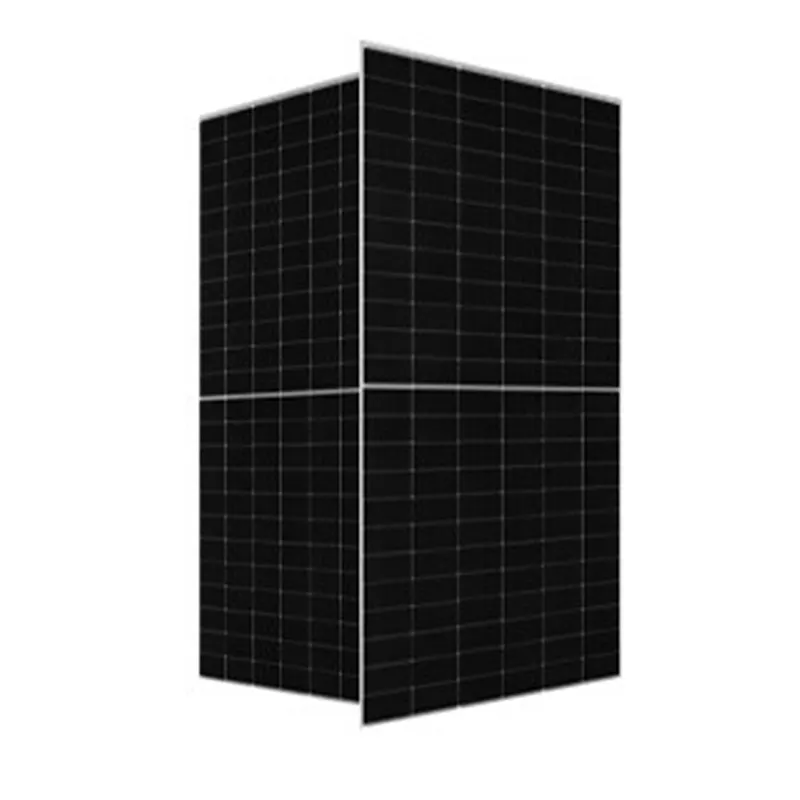3.5 kW Inverter for Efficient Power Conversion and Renewable Energy Solutions
Understanding the 3.5 kW Inverter A Key Component for Sustainable Energy Solutions
In today’s fast-paced, energy-conscious world, the need for efficient energy solutions is more pressing than ever. One such solution that has gained significant attention is the inverter, particularly the 3.5 kW inverter. This compact yet powerful device plays a crucial role in renewable energy systems, converting direct current (DC) electricity, often from solar panels, into alternating current (AC) electricity, which is used by most household appliances. In this article, we will delve into the workings, benefits, and applications of 3.5 kW inverters, while also exploring their rising significance in the sustainable energy landscape.
What Is a 3.5 kW Inverter?
A 3.5 kW inverter is designed to handle a maximum output power of 3.5 kilowatts. This capacity is particularly suitable for small to medium-sized residential and commercial applications. It is capable of converting the energy generated by solar panels or other renewable sources, making it an essential component in solar power systems. Typically, it comprises several critical components, including a transformer, control circuits, and cooling systems, all working together to ensure efficient energy conversion.
How It Works
The primary function of an inverter is to transform DC electricity – which flows in one direction – into AC electricity, which alternates direction. The process begins when solar panels convert sunlight into DC electricity. This electricity is then fed into the inverter, which uses advanced electronic circuits to switch the DC power on and off rapidly, creating a flow of electricity that mimics AC. The inverter ensures the output voltage and frequency are compatible with the grid, allowing homeowners to use solar power seamlessly alongside grid electricity.
Benefits of the 3
.5 kW Inverter1. Energy Efficiency A 3.5 kW inverter is engineered to optimize energy conversion, ensuring minimal energy loss during the transformation from DC to AC. This efficiency translates to more usable power from the green energy sources, making it an environmentally friendly option.
2. Cost-Effectiveness Inverters in the 3.5 kW range are often more affordable than larger models, making them an accessible option for many homeowners. Moreover, they contribute to reducing electricity bills by allowing users to harness solar energy effectively.
3. Compact Design The size of a 3.5 kW inverter makes it easy to install in various locations, whether on rooftops, in garages, or within solar panel systems. This flexibility is particularly advantageous for residential installations with limited space.
inverter 3.5 kw

4. Grid Independence With a 3.5 kW inverter, homeowners can significantly decrease their reliance on the grid. During the day, when energy needs are high, excess solar energy can be used directly, and any surplus can often be fed back into the grid, which may lead to additional financial benefits through net metering.
5. Environmental Impact By utilizing a 3.5 kW inverter in solar power systems, users contribute to a reduction in fossil fuel consumption and greenhouse gas emissions. This shift towards renewable energy is vital in combating climate change and promoting sustainability.
Applications of the 3.5 kW Inverter
The versatility of the 3.5 kW inverter allows it to be utilized in numerous settings
- Residential Solar Installations Homeowners can incorporate a 3.5 kW inverter to manage their solar power systems efficiently, thereby reducing reliance on traditional energy sources and lowering electricity expenses.
- Small Businesses Small businesses can benefit from using a 3.5 kW inverter, enabling them to harness solar energy for daily operations, reducing energy costs, and enhancing their sustainability credentials.
- Backup Power Solutions In areas prone to power outages, a 3.5 kW inverter can serve as a reliable backup power source when coupled with battery storage systems, ensuring continuous energy supply during interruptions.
Conclusion
As renewable energy solutions become more mainstream, the importance of inverters, particularly the 3.5 kW inverter, cannot be overstated. With their efficient energy conversion, cost-effectiveness, and positive environmental impact, they are paving the way for a sustainable future. By integrating technologies like the 3.5 kW inverter, we can not only save on energy costs but also contribute to a healthier planet for future generations. Investing in such renewable energy solutions is not just a trend; it is a crucial step towards achieving energy independence and sustainability in our lives.
-
Unlocking Energy Freedom with the Off Grid Solar InverterNewsJun.06,2025
-
Unlock More Solar Power with a High-Efficiency Bifacial Solar PanelNewsJun.06,2025
-
Power Your Future with High-Efficiency Monocrystalline Solar PanelsNewsJun.06,2025
-
Next-Gen Solar Power Starts with Micro Solar InvertersNewsJun.06,2025
-
Harnessing Peak Efficiency with the On Grid Solar InverterNewsJun.06,2025
-
Discover Unmatched Efficiency with the Latest String Solar InverterNewsJun.06,2025







